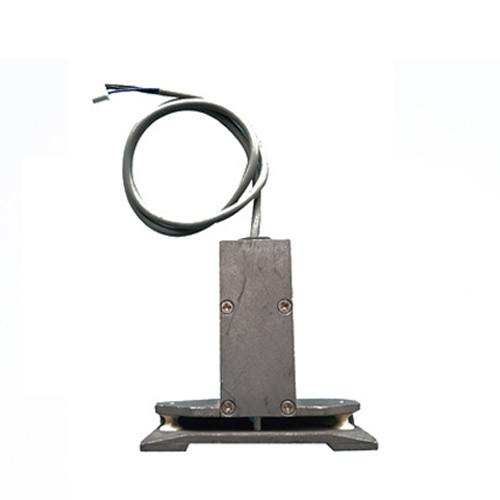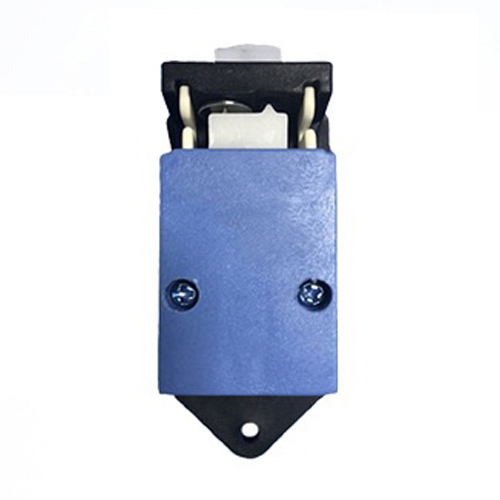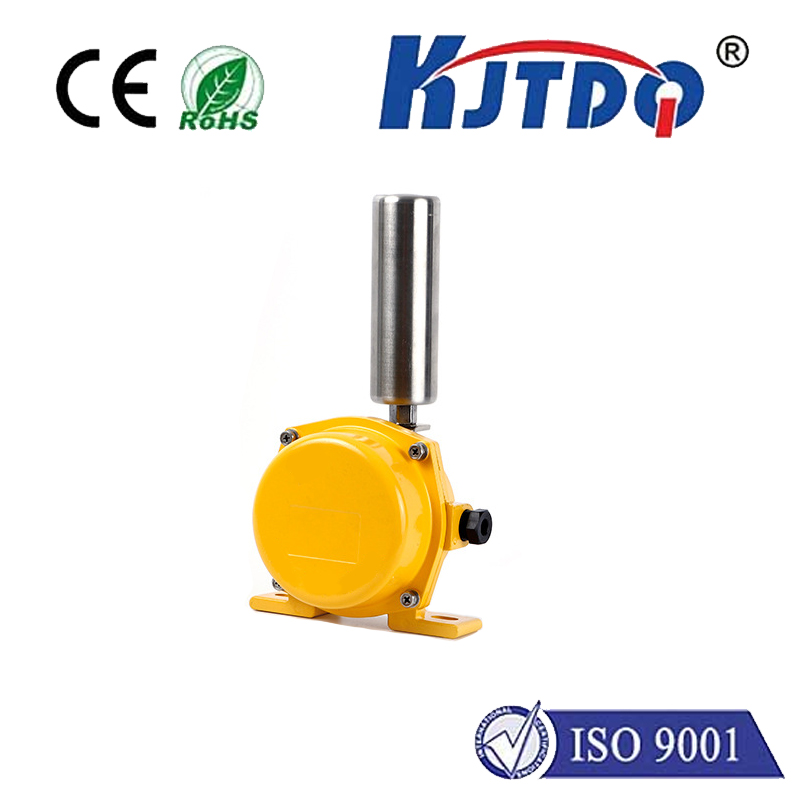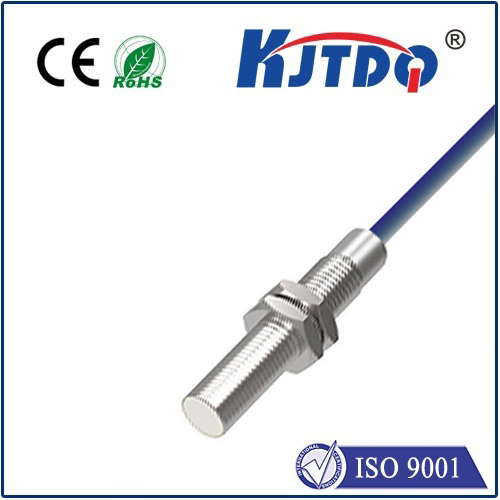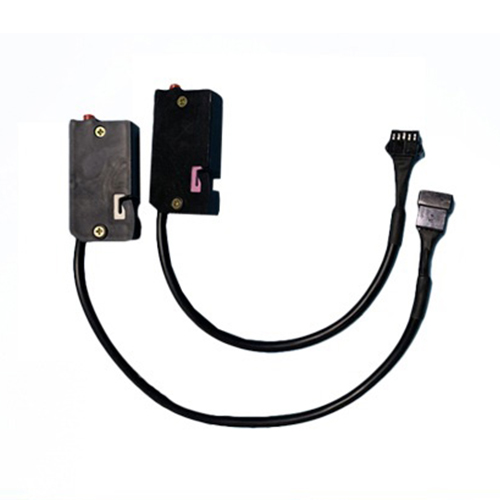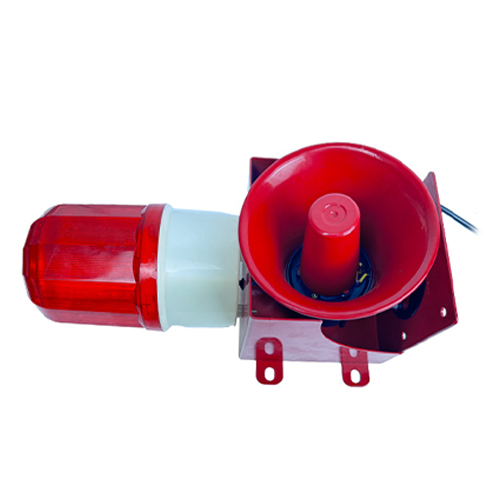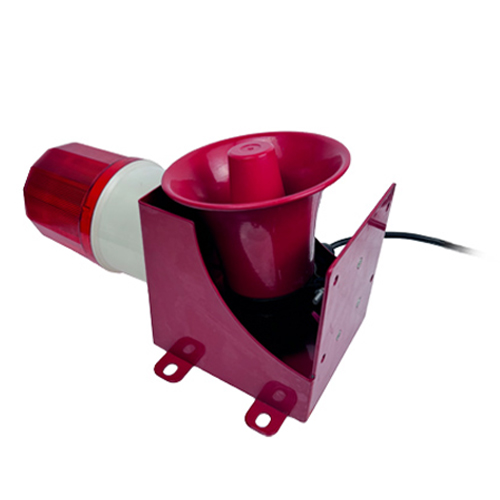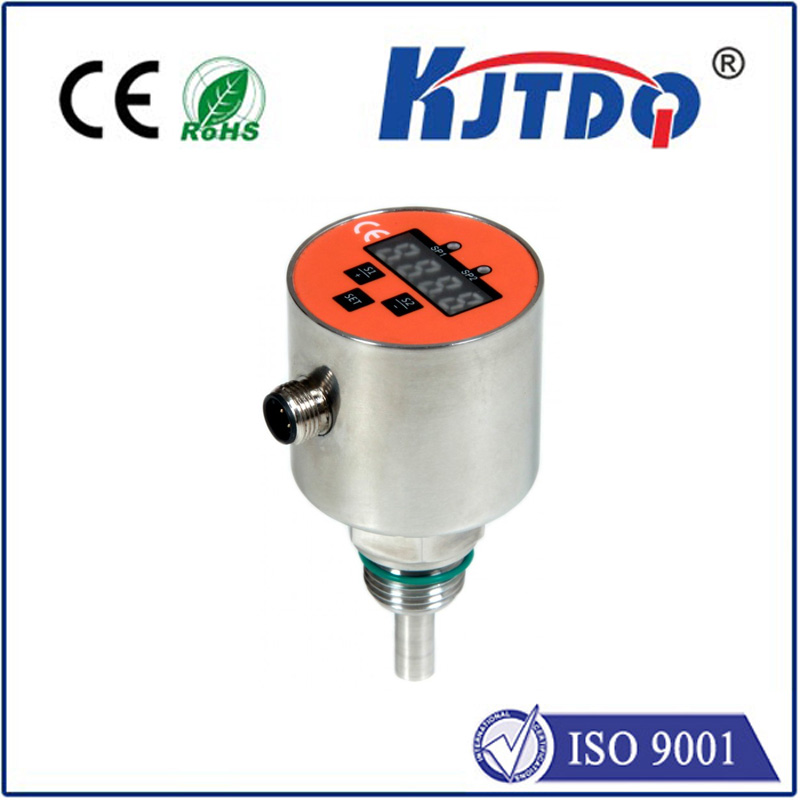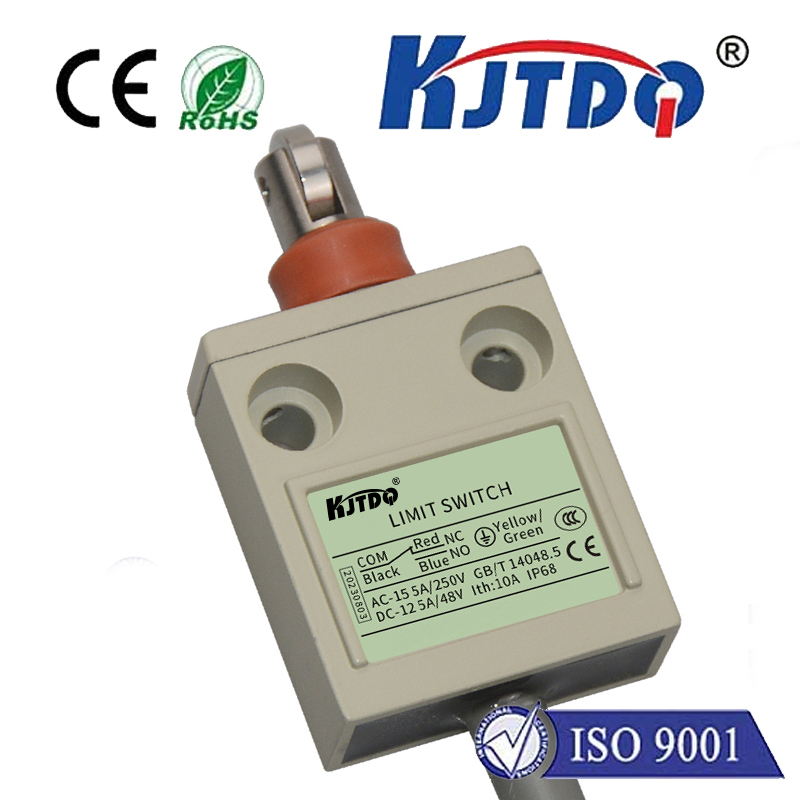

check

check

check

check

check

check

check

check

check

check
Capacitive Occupancy Sensor: A Revolutionary Technology for Modern Buildings
In today's world, technology has become an integral part of our lives. From smartphones to smart homes, we are surrounded by devices that make our lives easier and more comfortable. One such device that has gained popularity in recent years is the capacitive occupancy sensor. This revolutionary technology is changing the way we interact with buildings and making them more energy-efficient.
A capacitive occupancy sensor is a device that uses capacitive sensing technology to detect the presence of people in a room or building. It works by measuring the changes in capacitance caused by the human body when it enters or leaves a space. The sensor then sends a signal to a control system, which can be used to turn lights on or off, adjust air conditioning, or perform other tasks based on occupancy levels.

One of the main advantages of using a capacitive occupancy sensor is its accuracy. Unlike traditional motion sensors, which can be triggered by moving objects or pets, capacitive sensors are designed to detect only human bodies. This makes them ideal for use in areas where false alarms can cause problems, such as bathrooms or storage closets.
Another benefit of capacitive occupancy sensors is their ability to save energy. By automatically turning lights off when a room is empty, these sensors can reduce energy consumption and lower electricity bills. They can also help to improve indoor air quality by reducing the amount of time that air conditioning and heating systems need to run.
Capacitive occupancy sensors are versatile and can be used in a variety of settings, from commercial buildings to residential homes. In office buildings, they can be used to manage lighting and heating systems, while in hotels and hospitals, they can provide additional security and safety measures. In homes, they can be integrated into smart home systems to automate tasks like turning lights on and off or adjusting temperature controls.
Installation of capacitive occupancy sensors is relatively simple and can be done by most electricians. The sensors themselves are small and unobtrusive, making them easy to integrate into any building design. Additionally, many modern sensors come with features like wireless connectivity and mobile app control, allowing users to monitor and adjust settings remotely.
In conclusion, the capacitive occupancy sensor is a game-changing technology that offers numerous benefits for modern buildings. Its accuracy, energy-saving capabilities, and versatility make it an essential tool for anyone looking to create a more efficient and comfortable living or working environment. As we continue to embrace smart technology in our daily lives, it's clear that capacitive occupancy sensors will play an increasingly important role in shaping the way we interact with our built environments.
